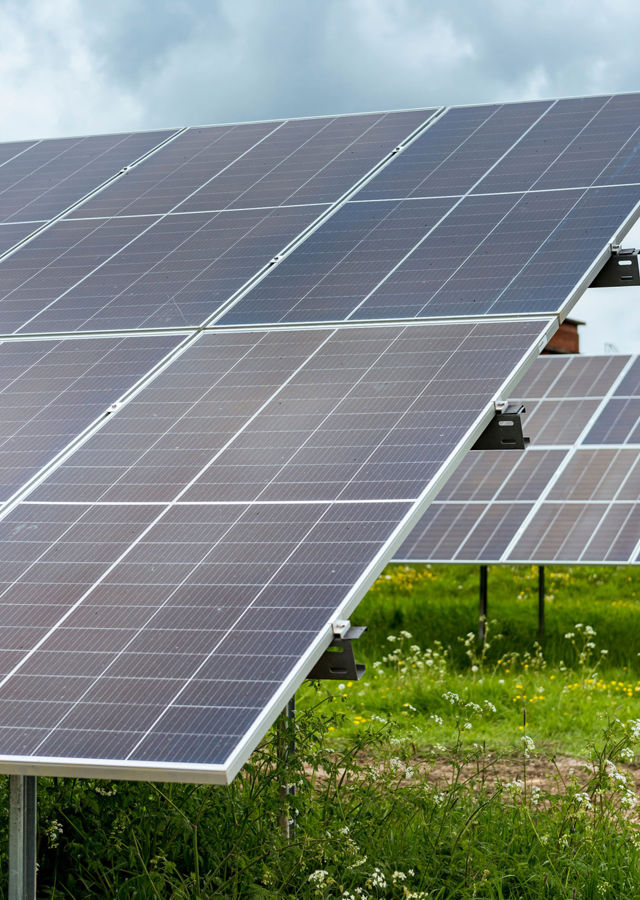Dan Jørgensen is absolutely right when he talks about Europe’s energy future.
We’re facing an energy trilemma: we must deliver the green transition, ensure energy security (which now also means independence), and maintain industrial competitiveness - all at once. Fortunately, the EU has every opportunity to make Europe the most attractive place in the world to invest in renewable energy and to host energy-intensive data centres and production. But that requires action now.
The Market Is Strained Under its Own Success
Right now; the market is strained under the weight of its own success. On its own, sustainable energy is incredibly cheap. Solar and wind have the lowest variable costs, far below any fossil fuels. And Europe has the resources: Norway’s hydropower, Central Europe’s sunshine, and the North Sea’s offshore wind. So, we should be ticking all the boxes. The trilemma should be solved! Unfortunately, it’s not.
The issue is the growing gap between what Europe’s consumers - like the German car industry - pay for electricity and what renewable energy producers receive. In April this year, an average solar park in Germany was paid €31.5/MWh for its output. Meanwhile, a German car factory paid €78/MWh for baseload electricity. That means only 40% of what the consumer pays goes to the solar producer. And the more solar panels we install, the lower the price paid to producers with no noticeable impact on what the car factory pays.
Data view, line chart:
|
Solar Capture Rate DE |
Jan |
Feb |
Mar |
Apr |
May |
Jun |
Jul |
Aug |
Sep |
Oct |
Nov |
Dec |
|
2021 |
105% |
92% |
87% |
85% |
79% |
93% |
91% |
93% |
91% |
92% |
104% |
123% |
|
2022 |
106% |
92% |
82% |
88% |
85% |
87% |
83% |
86% |
92% |
84% |
88% |
99% |
|
2023 |
104% |
96% |
87% |
80% |
66% |
76% |
68% |
80% |
74% |
78% |
94% |
96% |
|
2024 |
98% |
96% |
77% |
62% |
49% |
55% |
54% |
54% |
58% |
78% |
90% |
103% |
|
Negative price hours DE |
2021 |
2022 |
2023 |
2024 |
|
# |
139 |
69 |
301 |
457 |
This is known as cannibalisation, and it’s threatening to derail Europe’s green transition. In Denmark, we’re already seeing the effects. Several of the country’s largest solar developers are under financial pressure, with layoffs and bankruptcies looming, just when we need more green energy than ever.
Two Levers for a Green and Competitive Europe
This week, a broad majority in the Danish Parliament agreed to install 3 GW of offshore wind. That’s a positive step. We need all the green energy we can get. But it also makes it even more important to reflect on the long-term consequences. With such large volumes of offshore wind, we risk a surge in wind cannibalization, similar to what we’ve seen with solar.
If we want cheaper energy, we need smarter ways to use it. Securing a competitive Europe requires us to pull at least two levers; ideally, in tandem:
- More Flexibility in the Power System
It’s still unclear whether electricity consumption will become flexible, for example, whether car factories will only operate at night or on Sunday afternoons. Regardless, the grid connections we already have must be used for batteries. We need massive investment to unlock new grid connections, and solar and wind installations must also use their connections more flexibly. Every resource in the system must be utilised and optimised. - Strengthening the Grid - Proactively
A strong and stable power grid can be a major competitive advantage for Europe. When a data centre is being planned, the key questions are: a) Where can we get a grid connection within 2–3 years? b) Where is energy cheapest? c) How clean is the energy? and d) How stable is the political and regulatory environment? Europe - and Denmark - can absolutely provide the best answers to these questions.
Dan Jørgensen, we share your ambition to make the EU the most attractive place in the world to invest in renewable energy and to host energy-intensive industries. We firmly believe that with a few relatively simple steps, we can build a stronger and more flexible power grid. But it requires that we take action now. You’ve shown the will to lead. We’re ready to follow.



